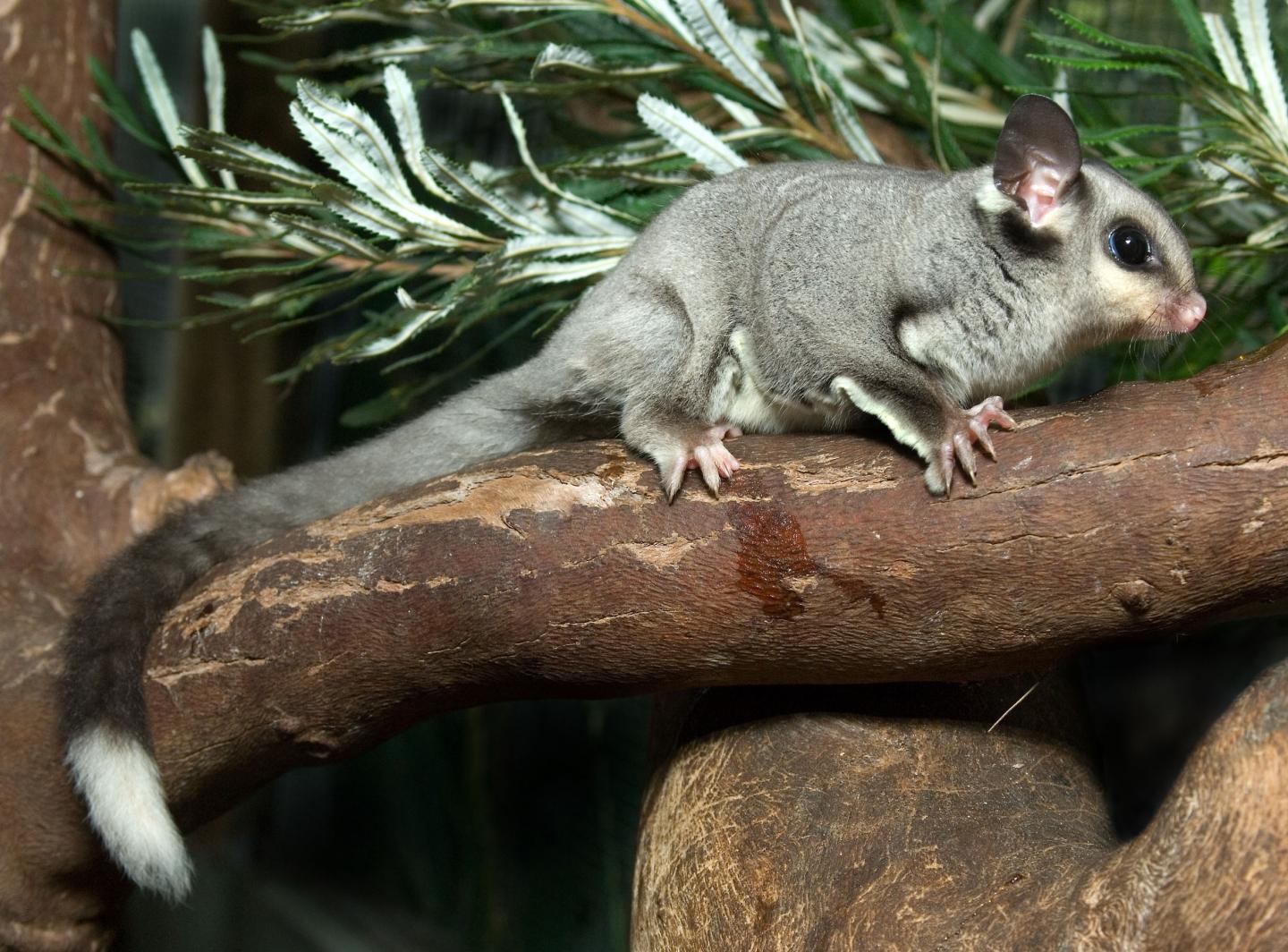
Credit: Wikimedia CC/Brisbane City Council
Location matters for species struggling to survive under a changing climate.
A new study led by Macquarie University in Sydney, Australia, has found we need to provide more safe havens for wildlife and plant species to survive under climate change in New South Wales’ (NSW) west.
Along the Great Dividing Range, the vulnerable spotted-tailed quoll will be forced to move into higher habitats as the climate changes, but can find sanctuary in protected areas like Kosciuszko National Park.
The squirrel glider, also listed as a vulnerable species, will have more suitable places to live under climate change. However, few of its potential new homes in central western NSW are adequately protected.
“We looked at how well protected areas are placed across NSW to protect critical habitats for key plant and animal species under 12 possible future climate scenarios,” says lead author Victoria Graham, from Macquarie’s Department of Environmental Sciences.
“To do this we looked at climate suitability maps for 228 species–117 plant species that represent the different ecoregions in NSW and 111 animal species, most of which are currently listed as threatened species.”
The researchers looked at how well we’re protecting habitats that are predicted to maintain favourable climates for these key species until at least 2070, amidst rapid environmental change.
They found that NSW’s protected area network is providing lots of safe havens for species in eastern parts of the state, under all 12 climate scenarios. These included Warrumbungle National Park, Timmallallie National Park and Kosciuszko National Park.
However, more protected areas are needed in the state’s centre and west.
For example, the Riverina and Murray Darling Depression bioregions in central-western NSW contain key habitats to support the survival of species under climate change, but they are not adequately protected.
And that’s bad news for squirrel gliders looking to move west.
“NSW’s existing protected areas network has been designed to protect the present-day ranges of species, ecosystems and habitats of threatened species,” says Dr Alana Grech from James Cook University, a senior author on the paper.
“But as species move in response to a changing climate, we need to make sure that it’s ‘climate-ready’ for the future.”
“Our study is the first in NSW to identify where new protected areas should be established, and where current protected areas should be expanded under a changing climate,” says Victoria. “This will allow us to both help species survive, but also to allocate resources cost-effectively.”
“Protected areas provide a safe haven for species in a changing environment, buffering them against preventable habitat loss, fragmentation and localised climate change,” says Alana.
“We hope our study will provide guidance for policymakers and land managers looking to best protect our state’s biodiversity under a changing and uncertain climate.”
###
The research was funded by the Biodiversity Node of the NSW Adaptation Research Hub, which is led by Macquarie University.
Media Contact
Ben Keirnan
[email protected]
Original Source
https:/
Related Journal Article
http://dx.




